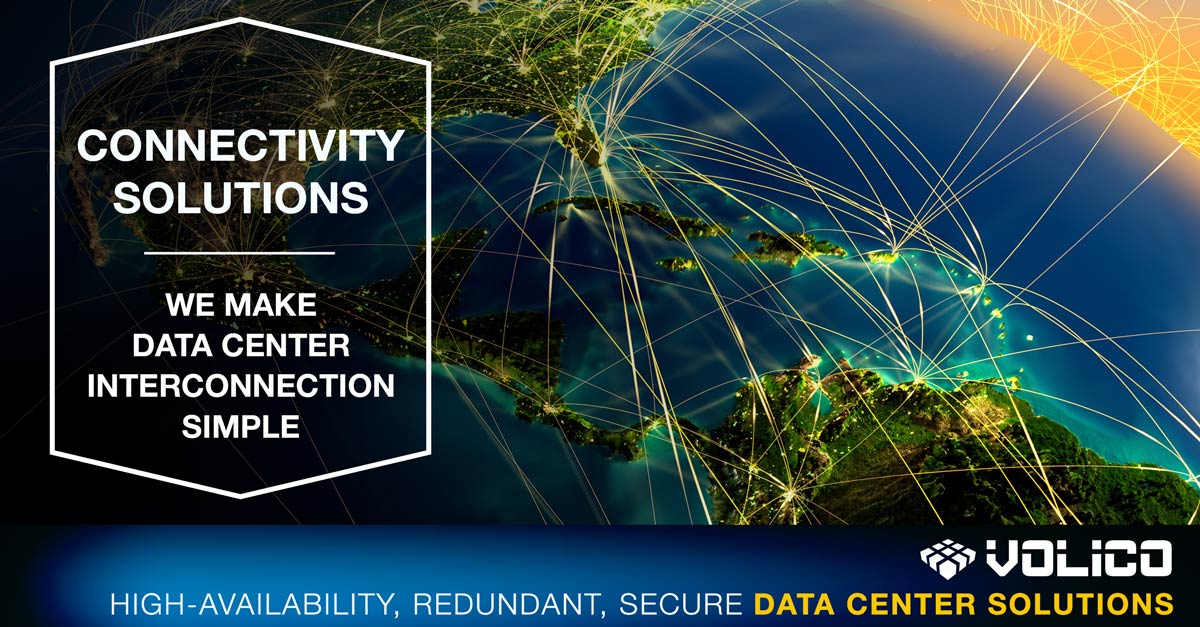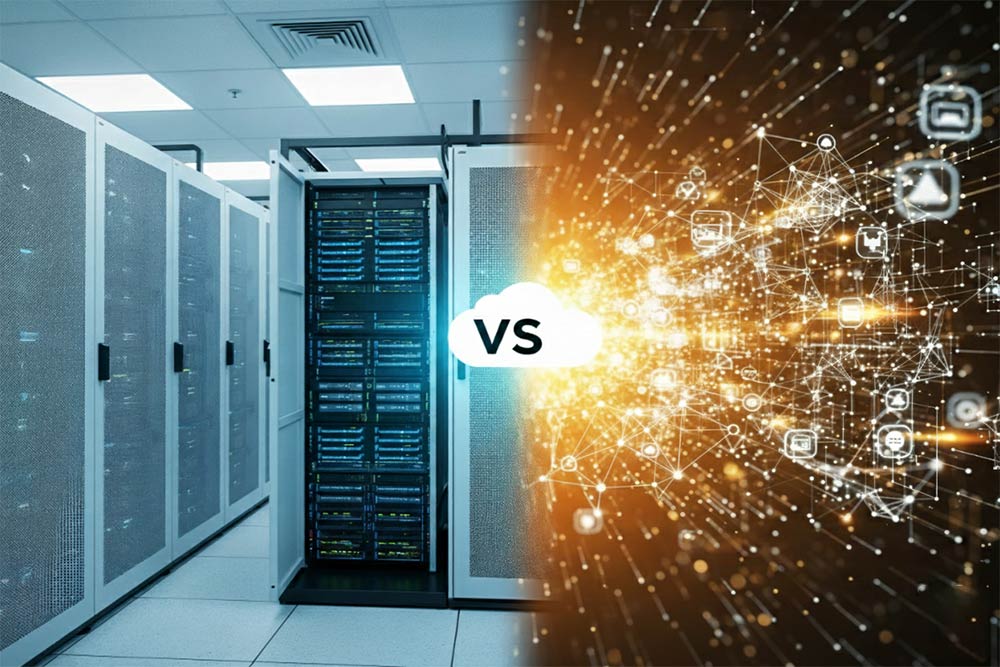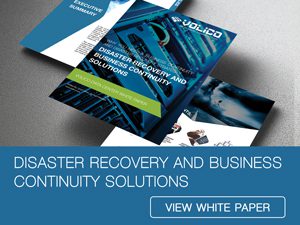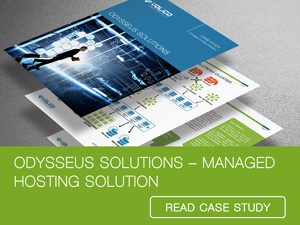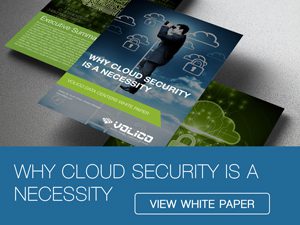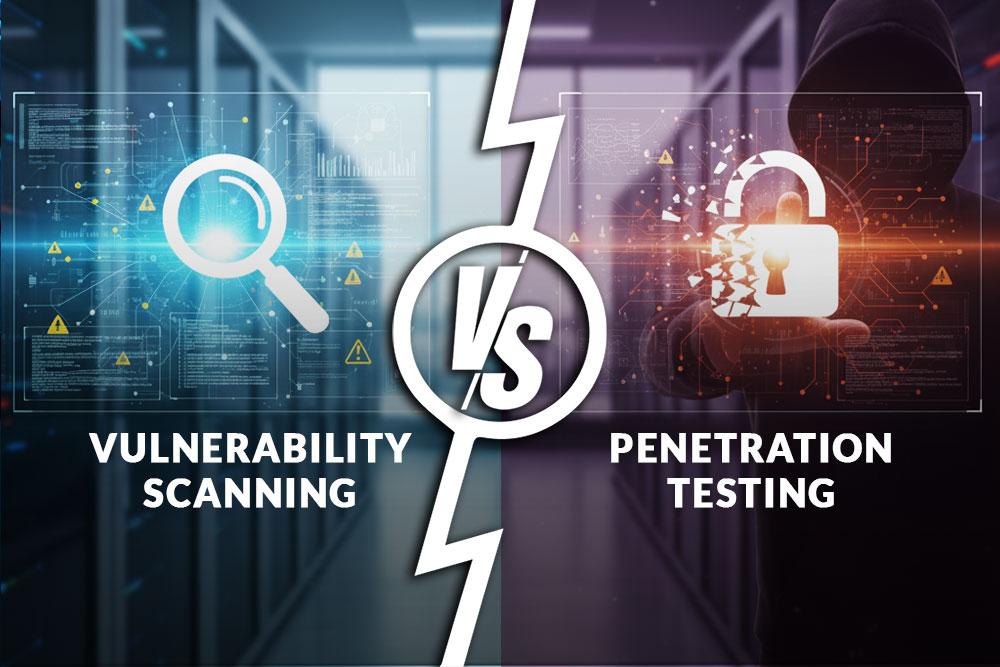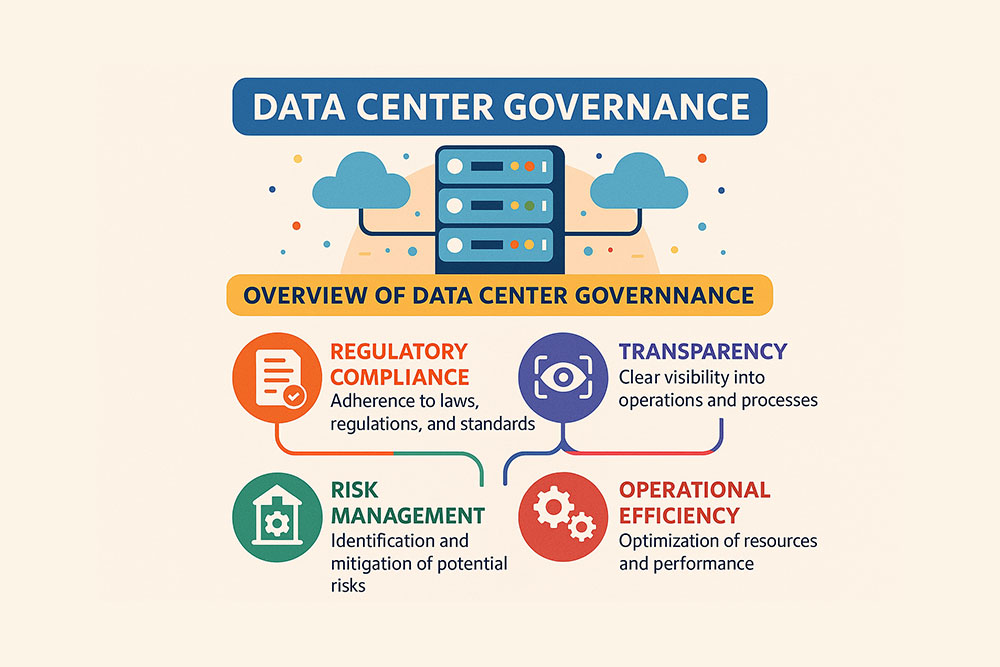Hybrid IT has become the default operating model for modern enterprises. Workloads now live in many places at once: a core application may sit in a colocation facility, data analytics may run in the cloud, while edge devices process information closer to users. What ties these moving parts together is not the individual platforms but the pathways between them. That fabric of interconnection is what makes hybrid IT more than just a collection of infrastructure choices.
Interconnection is best understood as the difference between isolated systems and an integrated digital environment. It provides direct routes for data to travel securely and predictably between clouds, colocation sites, and partners. Without it, complexity multiplies, and the benefits of hybrid IT quickly erode.
The growing importance of AI, the rise of latency-sensitive applications, and the weight of compliance obligations all push enterprises toward stronger, more strategic approaches to connectivity.
In the following article, we explore how interconnection functions inside hybrid IT, why colocation has taken on an expanded role, and which attributes matter most when selecting a provider.
Understanding Interconnection
Interconnection forms the backbone of modern hybrid IT, linking applications, clouds, and data resources through private, high-performance pathways. It’s no longer the only option to rely on the unpredictability of the public internet: organizations gain direct routes that support consistency, low latency, and stronger security.
A useful comparison is to think of these links as express highways: data moves quickly and easily between colocation facilities, cloud platforms, and edge locations without traffic bottlenecks. This design is crucial for performance-driven workloads like AI, financial transactions, or unified communications, where even milliseconds count.
Beyond speed, interconnection also reduces exposure to external threats, since traffic travels through controlled and auditable channels. As IT footprints today spread across multiple providers and geographies, interconnection brings cohesion, creating a unified environment that supports day-to-day operations as well as long-term digital strategies.
Physical Connectivity
Physical connectivity refers to the most direct form of interconnection inside a data center. The standard method is the cross-connect: a fiber or copper cable linking two entities in the same facility. The entities linked can be enterprises, cloud providers, or carriers. Installed within the meet-me room and managed by the colocation operator, physical connections deliver predictable bandwidth, minimal latency, and secure traffic exchange.
Organizations often rely on them for latency-sensitive processes. Because they bypass the variable conditions of public internet pathways, cross-connects deliver both operational reliability and straightforward governance. For workloads requiring precision and control, they remain the most trusted form of interconnection.
Virtual Connectivity
Virtual connectivity expands private networking beyond a single data center by using software-defined platforms to create dynamic, programmable links.
Through one physical port, multiple virtual circuits can be established, each connecting to different clouds, partners, or colocation sites. This design allows organizations to scale bandwidth, reroute traffic, or deploy new services within minutes. This flexibility is critical for multicloud adoption, where workloads can shift between providers. In the same way, these can be key for AI and analytics applications, which can experience fluctuating demand.
Cloud exchanges provide a unified platform for managing these connections, simplifying integration while avoiding reliance on public networks.
Methods of Interconnection
Interconnection is best understood as a toolkit of approaches, each suited to specific needs.
Within a facility, cross-connects remain the standard for secure, low-latency data exchange. For extending into the cloud, dedicated on-ramps such as AWS Direct Connect, Azure ExpressRoute, or Google Cloud Interconnect can create private links into hyperscale environments.
Cloud exchanges and SDN marketplaces make it possible for customers to configure multiple connections through a single interface, which streamlines hybrid deployments. Across metro or wide-area footprints, enterprises can turn to carrier Ethernet or MPLS. Encrypted VPNs are the cost-effective long-haul connectivity option.
The right method depends on workload sensitivity, compliance obligations, and financial considerations. For most organizations, building an effective interconnection strategy starts with assessing business objectives and mapping them to the available options.
How Hybrid IT and Interconnection Work
According to Uptime Institute, in 2025, nearly all IT leaders (98%) either run or plan to adopt a hybrid IT architecture. That reflects how organizations now span on-premises systems, public and private clouds, and colocation sites to balance performance, cost, and control. Interconnection is the glue that holds this hybrid world together: it delivers traffic paths that are private, low-latency, highly reliable, and orchestratable at scale.
When workloads move between sites, say, from a colo to a public cloud for burst capacity, or between geographic nodes for disaster recovery, interconnection makes that movement efficient and predictable. It also allows your business to join external ecosystems: suppliers, partners, customers, and service providers can interoperate across multiple data centers and regions as though they shared a unified infrastructure. Because interconnection supports flexible routing, automated provisioning, and on-demand scaling, organizations can adopt new technologies or expand without overhauling connectivity. And since traffic stays off the public internet, there’s reduced exposure to transit variability, security risks, or congestion.
Visualize a map of inter-site links: green “highways” connect colocation campuses; gray lines represent subsea fibers reaching Europe, Latin America, Asia-Pacific; and direct links to AWS, Azure, Google and other clouds appear in specific markets. That architecture enables seamless hybrid operations across any geography.
Why Interconnection Through a Colocation Provider Is a Must-Have
Choosing to interconnect via a colocation provider offers several strategic advantages that go beyond raw connectivity.
First, colocation brings proximity to clouds, carriers, and ecosystem partners. Many colo facilities host cloud on-ramps (AWS Direct Connect, Azure ExpressRoute, etc.), regional network PoPs, and peering exchanges on the same campus. That density means lower latency and fewer middlemen in your traffic path. Colos are also designed as \ or carrier-neutral hubs, giving you flexible access to many providers without vendor lock-in.
Second, operators manage the connectivity infrastructure (cabling, cross-connects, switching, monitoring) so your team focuses on workloads instead of network plumbing. Colos deliver SLAs, redundant backbones, and predictable performance, which is harder to replicate across disparate sites. Third, interconnection through a colocation provider reduces complexity: you can provision cross-site links, cloud circuits, and partner connections through a single portal or control plane, integrating connectivity into your automation workflows.
Finally, ecosystem access is the real multiplier. In a colocation, you gain ready exposure to partners, customers, and specialized service providers co-located in the same hub. That density accelerates innovation, lowers integration friction, and gives you a launchpad for new services. Without that, your hybrid IT connectivity becomes an assembly of point solutions instead of a unified, high-performance network fabric.
The Increasing Role of Colocation in Hybrid IT
Hybrid IT strategies have matured, and colocation is becoming central in that evolution. As organizations balance workloads across on-premises systems, clouds, and edge sites, colocation now acts as a strategic hub for workload placement, interconnection, and operational control. Uptime Institute’s 2025 State of the Data Center survey reports that colocation facilities are hosting a broader spectrum of workloads than in 2024, especially AI, cybersecurity, and business-critical applications. That reflects a shift away from a pure cloud model toward a “cloud-smart” architecture where performance, cost, compliance, and connectivity all drive placement decisions.
Colocation’s appeal comes when it sits at the nexus of network, cloud, and partner ecosystems. Because it pairs physical infrastructure with access to carriers, peering exchanges, and cloud on-ramps, it acts as an interoperable yard where workloads can flex freely. But more than connectivity, buyers also evaluate how well a colocation provider supports their broader technology and business goals. In the 2025 survey, while interconnection remains a critical differentiator, attributes such as security, support, compliance, and resilience remain decisive criteria.
Moreover, as AI and high-density computing become more common, hype around colocation designed for heavy compute and networking demands will grow. The need for high power density, specialized cooling, and fast, private paths to compute and storage layers will drive new colocation campuses and expansions. These shifts explain why enterprises now look closely at provider attributes when choosing partners: colocation is no longer just a site, but a strategic platform for digital operations.
What Makes Colocation Providers the Partners of Choice?
The 2025 survey shows that IT leaders evaluate colocation partners on a balanced set of operational and strategic criteria. These attributes define how effectively providers support hybrid IT goals, and they highlight why certain facilities become long-term partners rather than transactional vendors.
Survey results point to eight core attributes that consistently shape buying decisions. Ranked by importance, these include:
- Security (physical + cyber)
- Support and service quality
- Performance and SLAs
- Scalability and flexibility
- AI enabling capabilities
- Compliance posture
- Resilience and redundancy
- Managed services offerings
Together, these factors reveal a clear picture. For enterprises moving toward a cloud-smart model, choosing a provider with strengths across all eight areas is a prerequisite for long-term success.
Security
Security sits at the top of the priority list, year after year. The 2025 survey reconfirms that both physical and cyber protections remain the most important decision factor when choosing a colocation provider. Leading facilities combine perimeter controls, biometric access, video surveillance, strict personnel protocols, and zero-trust network segmentation. On the cybersecurity side, providers often offer managed firewalls, intrusion prevention, DDoS mitigation, and log monitoring as part of their service tiers. Together, these layers create a hardened infrastructure foundation indispensable for supporting regulated, mission-critical, and high-value workloads.
Support and Quality of Service
Once the security baseline is met, attention turns to the day-to-day experience. Support and service quality climbed to become the second most valued attribute in 2025. Providers distinguish themselves through 24/7 expert operations teams, responsive ticketing, predictive maintenance, and transparent performance dashboards. When customers get consistent, high-quality support, outages and friction fade, and the colocation becomes a seamless extension of their operations.
Performance on SLAs
Performance commitments deliver confidence. Top providers guarantee metrics for uptime, latency, throughput, and packet loss in SLAs. Having those contractual guarantees and backing them with fault isolation, redundant backbones, and rigorous network engineering is essential when applications demand predictable response times, especially in hybrid and AI workloads.
Easy Scalability and Flexibility
Scalability and flexibility rank close behind performance. The best colos let customers scale up or down capacity and bandwidth quickly, often using modular or divisible power, network, and rack provisioning. Flexibility in design, such as “pay-as-you-grow” models or space increment options, helps avoid overprovisioning or stranded capacity. For IT leaders planning ahead, the ability to expand or contract without friction is a decisive advantage.
AI Possibilities
As AI adoption accelerates, colocation providers must adapt their facilities to meet very different requirements from traditional workloads. The 2025 report indicates that more AI workloads are being placed in colocation environments than ever before. Three capabilities stand out:
- High-density power & cooling: AI training and inference demand tightly packed, energy-intensive hardware, so colos must support denser power per rack and fine-grained cooling.
- Direct cloud interconnection: Low-latency paths to public clouds for hybrid deployments or burst compute are essential. In the 2025 survey, the ability to interconnect with multiple clouds is a strong differentiator.
- Platform readiness: Providers that offer GPU-optimized infrastructure and partnerships with AI tool vendors help customers evolve without replatforming.
By building these features into their campuses, colocation providers move from infrastructure hosts to platforms capable of sustaining the next generation of compute.
Compliance
Compliance remains a major factor in colocation selection, particularly as regulations become more complex across regions. Whether that’s GDPR in Europe, HIPAA in healthcare, or PCI DSS in finance, the provider must support auditability, logging, access control, data sovereignty, and secure zones. Providers that maintain third-party certifications (ISO 27001, SOC 2, etc.) and transparent compliance programs help reduce governance burdens for customers. Compliance stretches further than avoiding penalties, however: it establishes trust. This can be a baseline for business growth, especially in strictly regulated industries.
Resilience and Redundancy
Uptime and business continuity hinge on resilience. Leading colocation providers design infrastructure with redundant power feeds, multiple utility sources, backup generators, UPS systems, and resilient cooling architecture. They also replicate across multiple sites or regions, giving customers the option to stretch workloads across fault domains. The combination of site-level redundancy, network multipathing, and disaster recovery options gives customers assurance that operations can survive equipment, utility or environmental failures. Compliance ties closely to resilience, since many regulatory frameworks demand demonstrable continuity plans. In hybrid IT deployments, resilience must span physical, network, and cloud layers, ensuring that a single failure in one domain does not cascade across the entire workflow.
Managed Services
Not all organizations want to manage every detail of their infrastructure. Leading colocation providers deliver managed services to lighten the load. These services might include monitoring and alerting, patching and firmware updates, backup and recovery orchestration, network routing configuration, load balancing, orchestration APIs, security event management, and day-one deployment support. By combining infrastructure with managed capabilities, colos let customers focus on business logic or applications rather than plumbing. Integrated management, especially where interconnection and hybrid systems are involved, keeps the solution coherent rather than piecemeal. That turns colocation from a reactive facility into a proactive platform partner.

Connecting it All
Hybrid IT is the present reality.
Yet its value depends less on where workloads reside and more on how they communicate. Interconnection provides the underlying structure that turns distributed assets into a single operational environment. Without it, hybrid deployments risk becoming fragmented, difficult to secure, and costly to scale.
Colocation has emerged as the natural anchor point in this landscape. Positioned at the crossroads of networks, cloud on-ramps, and partner ecosystems, colocation data centers have become critical junctions. The 2025 State of the Data Center survey reflects this shift: security, support quality, compliance, and resilience are now top selection criteria, while AI-ready infrastructure and managed services are fast gaining weight.
The trajectory is clear. As enterprises place more workloads in diverse environments and adopt technologies that demand ever higher performance, colocation-based interconnection will only grow in importance. For organizations seeking reliability, agility, and a foundation for innovation, building hybrid IT around strategic interconnection is not an optional upgrade. It is the connective tissue that determines whether digital transformation is sustainable or simply aspirational.
Contact our team at Volico Data Centers for more information about interconnection and how we can help your organization pick the right connectivity solution.
